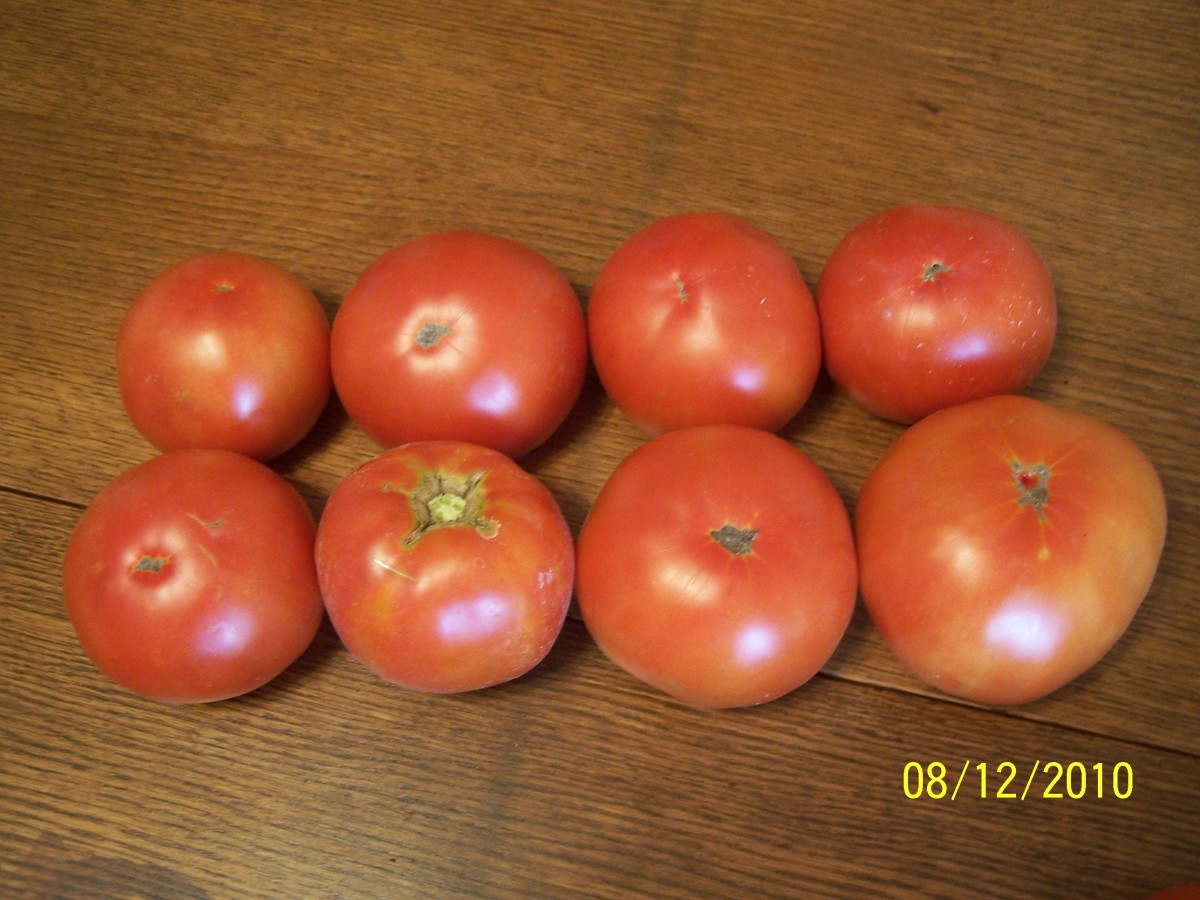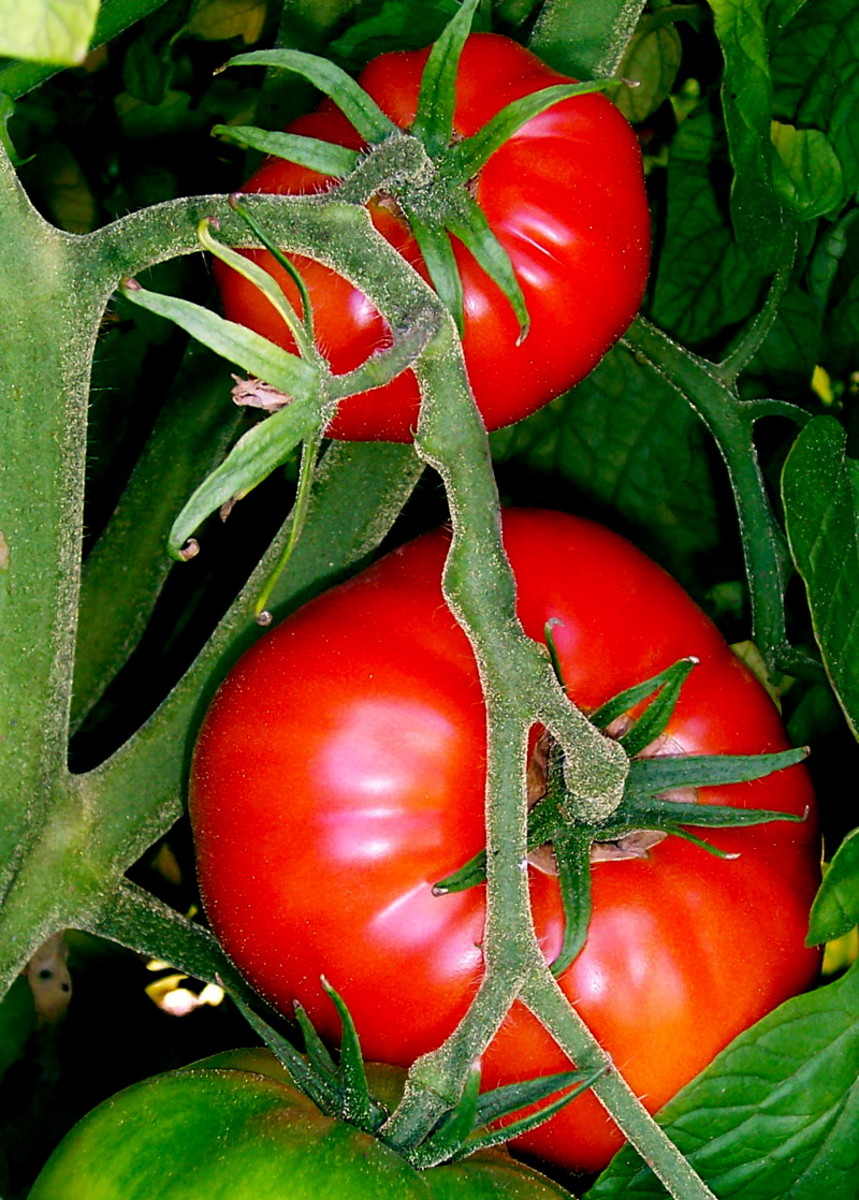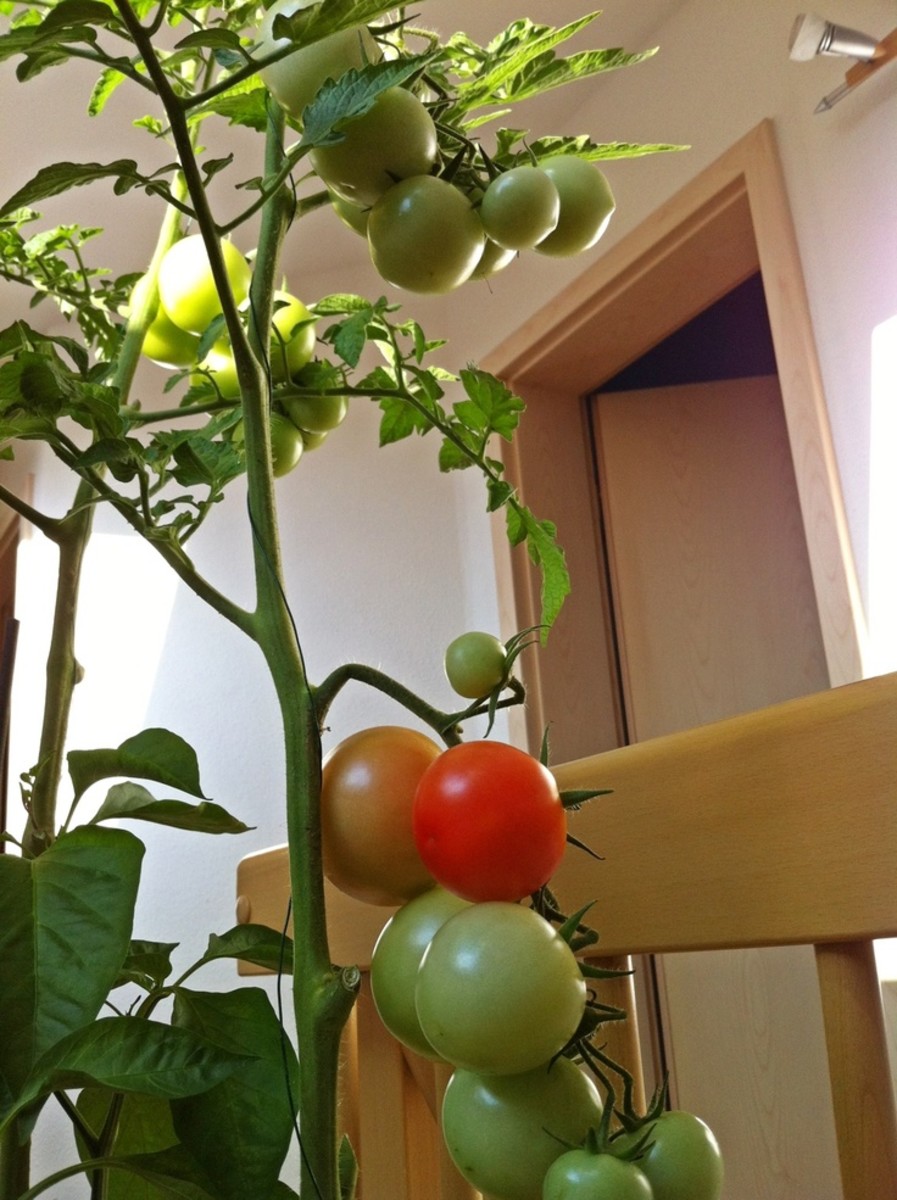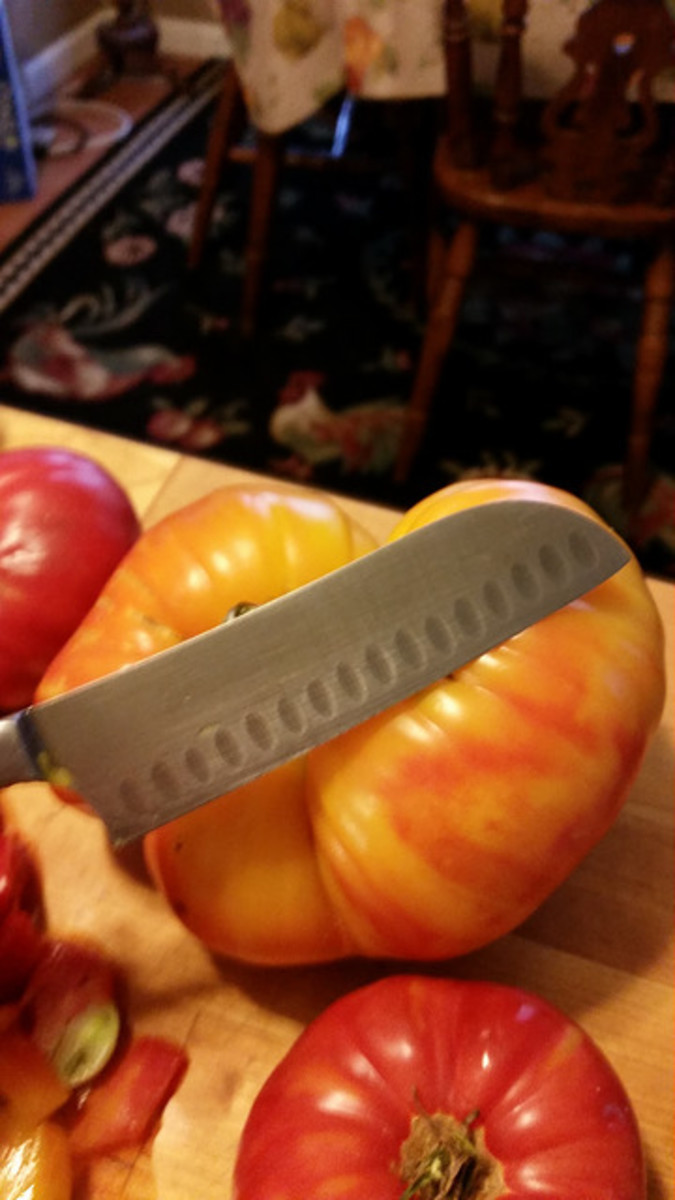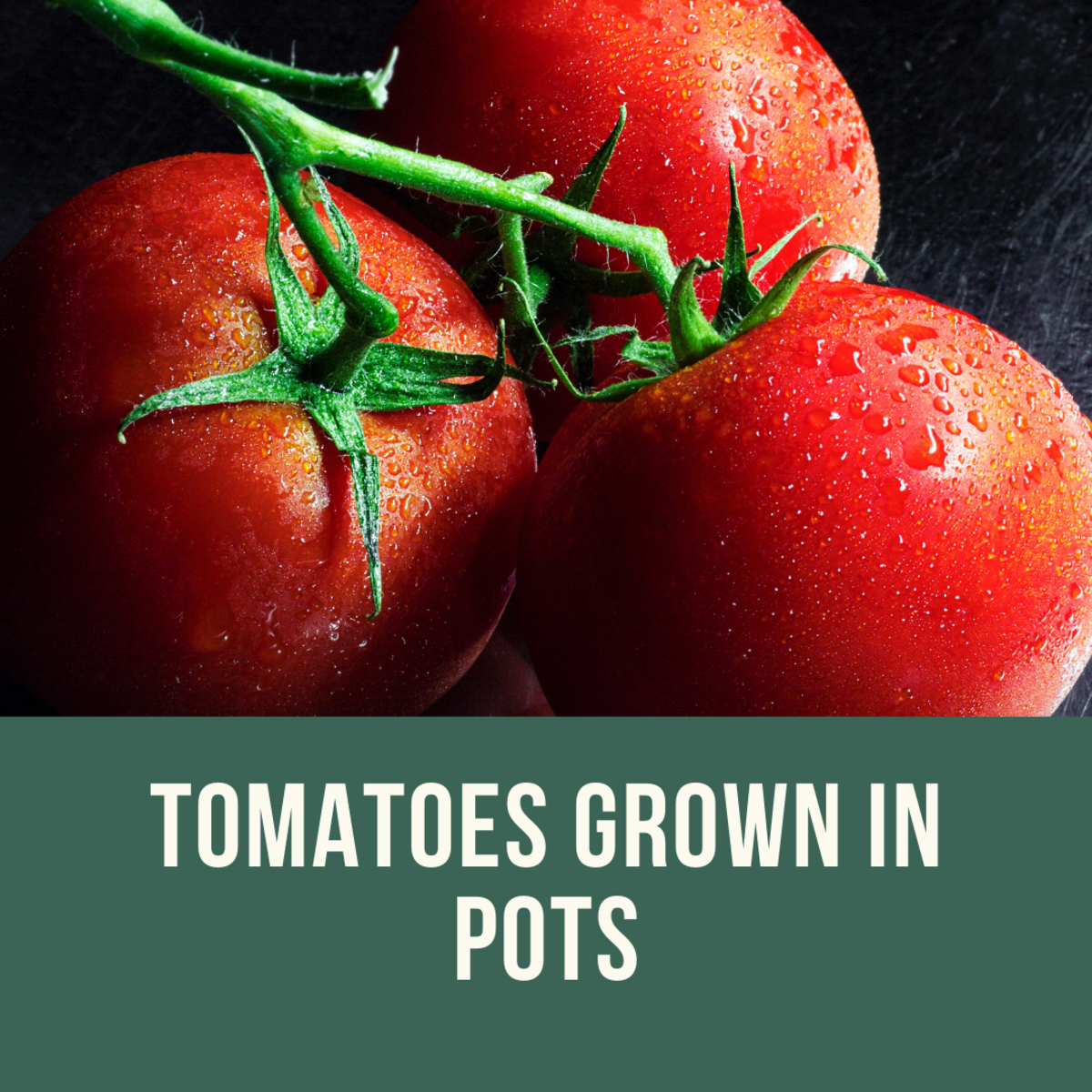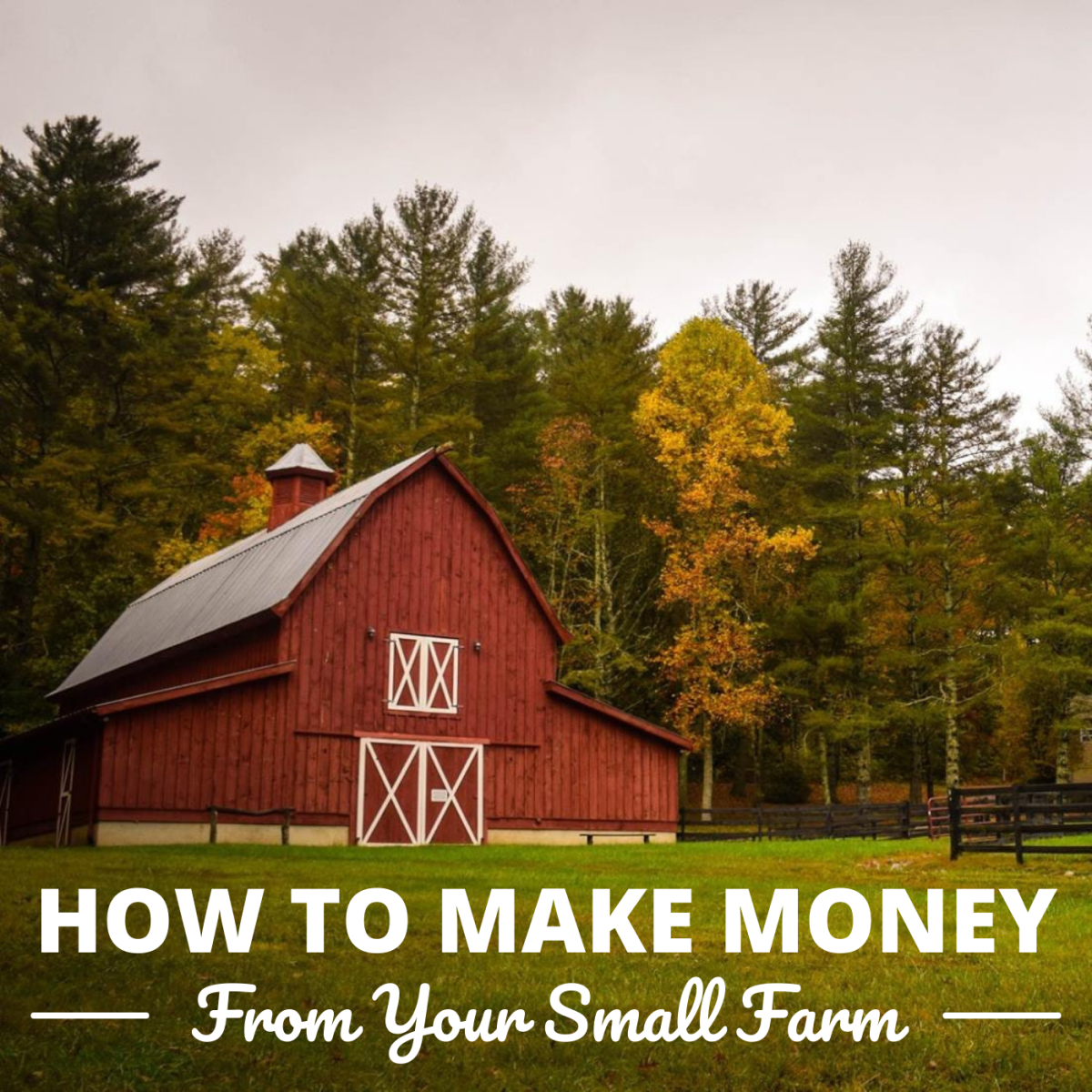Growing Tomatoes And Money
Money Doesn't Grow On Trees Or Does It?
Eight months ago, this hub would have been a very different hub, written strictly to illustrate a way to teach children (or grandchildren) how to grow money.
Now, I’m thinking, this profitable life exercise it isn’t just for a G-rated audience. Far too many adults and whole families, are now so hard pressed financially that maybe they too, could use a simple, but effective lesson in how to grow some extra cash. So, before the money tree illustration begins, let's talk about what doesn't grow on trees.

What Doesn't Grow On Trees
There will be some of us who will sit around waiting for some kind of “bailout” or “turn around.” They are those who are thinking that someone will rescue them. After all, if you listen to the news, those in power are looking out for us. However, failing to step up and take personal responsibility for your own circumstances may cost you dearly.
Now,l I'm not throwing sand in the face of current stimulus package faces, bailouts, etc. I want it all to succeed and applaud any steps in the right direction (and it just seems like some solutions aren't in the right direction).
I'm just more for living in the real world -- and that means knowing that you must help yourself first -- because in the end you are the only one, you can truly count on.
Few understand that any stimulus legislation will mean little, and make little difference in their wallets for the short term.
Long term help? Maybe.
What if a lot of it amounts to just more "feel good legislation" in the real world?
Are you willing to risk that?
If if looks good, sounds good, and makes those who gave it to us look good, and sound good -- what does that really mean when it trickles down to your home, and your family?
Let’s look at the facts:
- If you are laid off, a mere $100 a month increase each month in unemployment compensation, is most likely still going to fall short of your rent, mortgage, or utilities. Another way of looking at it, is remember what $25 a week will only buy: 1-gallon milk; a loaf of bread; a jar of peanut butter; a jar of jelly; one roasting chicken; a dozen eggs; and a bag of potatoes. Or, simply almost a tank of gas.
-
The level of fear right now, even after this stimulus package, is so epidemic that half of America is worried about losing their jobs.
-
Tax credits are long term "next year" returns to your wallet. They may not even mean much in the grand scheme of income tax world, in what actually stays or comes into your wallet. They will not feed your family “now.”
-
Two thirds of Americans are worried about how they are going to pay their bills
-
If you are laid off, and are taking comfort in the fact that unemployment benefits have been extended to as much as 59 weeks -- don't be too gleeful. Think about what's not being said -- They are expecting people to be out of work for a long time, at least over a year, in some states.
-
It costs money upfront to install new doors, windows, or furnaces to get that fifteen hundred dollar tax break, that again, you will not see until tax time next year, if you see it at all.
-
If you are broke and unemployed, the federal government paying sixty percent of your insurance premiums will mean squat, if you can’t pay your portion.
-
Many are worried that what stimulus packages for creating jobs will be only for low paying entry level positions.
-
On average, food stamp recipients receive one hundred and thirty-two dollars a month in food stamps, per family member. An extra $18.36 per month isn’t going to fill one grocery bag at today’s prices. It also isn't going to buy you toilet paper, or light bulbs, and a host of other necessary things you can't buy with food stamps.
-
Tax credits for tuition and education related expenses, all are about “next year’s tax return.” If you aren’t earning anything, don’t be thinking you are getting this money back as a tax refund.
-
Half of all Americans do not support the already in place $700 billion bailout for the financial industry.
-
More than half of all Americans do not support the auto industry bailout.

Forget Fresh Lemonade Stands
What if I told you that in twelve weeks time, for an investment of $120 total (over 6 weeks), you could be twenty-five hundred dollars richer, with minimal effort in terms of your personal time?
What if you could also start collecting some of that $2500 in six weeks, and give yourself a cash paycheck for each of those twelve weeks?
Now, we all know that's not a lot of money (unless you don't have it). To my way of thinking, however, it would be enough of a savings for next year's heating bill, or pay the repair bill the next time your car broke down, or bridge the gap of money vs. bills when your employer's next cut in hours happens -- and most importantly an aid to not be laying awake at night worrying about what you are going to do if you have another financial disaster.
You won't need affiliates and you won't need to build a marketing list. All you'll need is some dirt, some used containers, some seeds, used plastic such as sandwich bags, and your time.
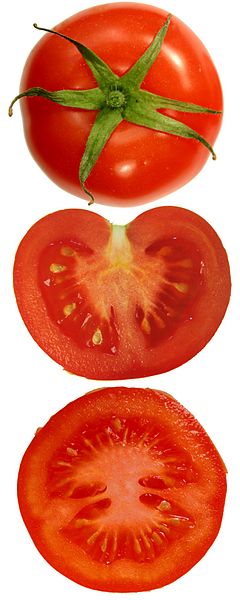
Tomato Math - The $2500 Plan
Container Planting 100 Tomato seeds once a week for six weeks:
- 20 Heirloom variety tomato seeds, each week for six weeks beginning before last predicted frost of season (indoors under grow light, or in a homemade cold box, or even under plastic in a well lighted window)
- 20 Heirloom Cherry tomato seeds, each week for six weeks beginning last predicted frost of season (indoors under grow light, or in a homemade cold box, or even under plastic in a well lighted window)
- 30 standard popular hybrid tomato seeds, each week for six weeks beginning last predicted frost of season (indoors under grow light, or in a homemade cold box, or even under plastic in a well lighted window)
- 30 standard popular hybrid tomato seeds (of a second type), each week for six weeks beginning last predicted frost of season (indoors under grow light, or in a homemade cold box, or even under plastic in a well lighted window)
Estimated Seed Costs:
- $18.00 Heirloom Variety Seeds (of choice)
- $36.00 Heirloom Variety Seeds (Cherry Tomato)
- $28.00 Hybrid popular variety Seeds
- $28.00 Hybrid (Cherry Tomato) popular variety seeds
Projected Plant Sales ($2,080 net):
- 1st Heirloom Variety sold for $1.50 each ($600 gross/$582 net)
- 2nd Heirloom Variety sold for $3.00 each ($750 gross/$714 net)
- Hybrid Popular Variety sold for $2.00 each ($720 gross/$692 net)
- Hybrid Popular Cherry Variety sold for $2.00 each ($720 gross/$692 net)
Sales Strategy:
- To use recyclable discards instead of reducing profits by purchasing unnecessary plant pots, potting soil, etc.
- Under-sell the same hybrid variety that the big box stores and garden centers were selling by $1.00
- Start sales on weekends only after the first plantings were of decent size
- Give the buyer something extra with a tomato growing tip sheet
The Big Tomato Lesson Plan
It all began with a boy that I was tutoring, and his expressing a big dream -- to have a brand new bike, one that his very poor family could not afford. He'd out grown the yard sale bike his single parent mom had bought. He only wanted to earn $150, which for him, might as well have been a million dollars.
I thought back on things I'd learned from my own grandmother, and I remembered her talking about growing money, and money gardens during the Great Depression. That memory planted the seed, that has evolved into teaching youngsters (and adults) lessons about how to grow money.
His mom was fond of saying, "Money doesn't grow on trees." Well, it can grow from growing trees, but money, can also grow by selling plants to gardeners and home owners in need of landscaping.
I developed a lesson plan for that young man back then, that surprised the both of us. Instead of earning the one hundred and fifty dollars he needed, he earned $600 over the summer from our project. He and his mom both burst into tears, the day he handed over the extra four hundred and fifty dollars as a gift to her. It was just enough to get them caught up in rent and prevent them from being evicted.
This early experiment was a multi-pronged lesson plan, designed to teach basic math, horticulture fundamentals, social skills in sales, and life skills in managing money.
Since I was tutoring him in reading and English, I used an unusual tool, reading a seed catalog. Not exciting material to a fourteen year old boy, but quite effective.
That year, we settled on him growing tomatoes, figuring that lots of people buy tomato plants from garden centers and nurseries. The marketing plan was to simply sell them cheaper, along with providing a tip sheet on growing better and bigger tomatoes (his English paper research results).
At the beginning of the lessons, he planted one hundred seeds per week for six weeks, using discarded food containers, dirt he dug up, and some flat grocery store boxes (the kind that canned goods come in) to house his seedling containers.
To germinate them we covered them with used sandwich bags, etc. He got very creative and even rinsed the canned goods out, poked holes in them for drainage for his plants.
To keep them from overwhelming his mother's patio, he made plant shelves out of discarded boards and concrete blocks, borrowed from a neighbor.
He sold some of them out at a local flea market, some to a ladies group at a church, cherry tomato varieties to local apartment dwellers (setting himself up in the apartment parking lot after obtaining the manager's permission), and the rest by the side of the road near a big box store.
Today, that young man has four sons of his own. He holds a Forestry Degree, working for the Department of Agriculture. He happily still grows tomatoes. He has all four of his young sons earning money each summer, growing and selling plants. They've branched out to sell other popular plants, such as peppers, flowers, and common kitchen herbs.
He reports that half of the money they earn they get to keep, and the other half goes into their college funds. His oldest boy grows trees (higher profit) year round to be sold to homeowners looking for cheap landscaping plants.
In my keepsake box, I have a treasured handwritten note. Short and simple, it says:
"Thank you for teaching me that money does grow on (tomato) trees, and that dreams can come true if you work for them."
Allen
If a fourteen year old boy can help himself, so can all of us, we just need to think, and look for financial solutions outside the "waiting for someone else to rescue us box." Maybe for some, that's outside in the garden.
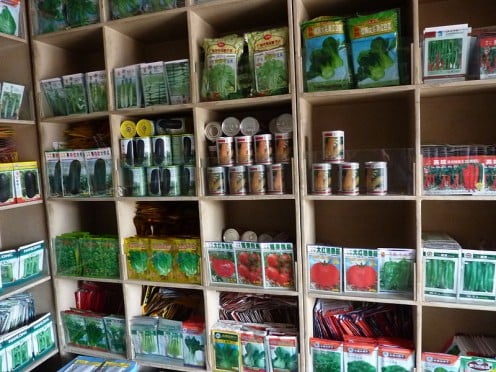
Money Gardens
Money gardens were popular during the Great Depression. In today's dollars, well-known seed sellers, like Burpee are aware of that fact. It is time that some of us, gave some serious thought about growing our own money gardens -- not for profit but for reducing our own grocery bills.
The average family spends about $1,250 a year in purchasing fruits and vegetables for their families. A well designed garden, using minimal space in the average backyard can shave off half of that retail expense, for around $10 or less in seeds.
Popular Tomato Varieties
- Barbara Hybrid
- Big Beef
- Big Rainbow (Heirloom)
- Big Zac
- Black Krim (Heirloom)
- Cherokee Purple (Heirloom)
- Giant Pink (Belgium Heirloom)
- Juliet
- Supersteak
Tips for the Biggest and Best Tasty Tomatoes
- Plant your tomatoes around a cage, instead of inside of it. As the plants grow, tie them to the cage for support. Use the center of the tomato cage for compost. Also, use the center for watering, taking care not to splash water on tender tomato leaves.
- Throughout the winter, save your banana peelings in the freezer in a plastic bag. In the spring when you plant your tomatoes, trench the banana peelings below your tomato seeds or plants, with about three inches of soil between them.
- Invest in a couple of rubber snakes and strategically place them in your tomato cages to thwart off birds intent on robbing your hard work.
- Plant your tomato plants deep, right down to the first set of leaves. Failure to plant tomato plants deep enough is one of the biggest mistakes most newbie tomato growers make.
- Remember this motto: Dry leaves need wet roots. Tomato plants do not like wet leaves. Tomato plants need wet roots.
- If some lower tomato plants leaves are looking poor, snip them off to keep disease from spreading.
- Feed your tomato plants often.
- Control suckers (new growth between the stem and branches). Remember you only need three or four branches for prolific harvest of tomatoes.
- Really big tomatoes are obtained by keeping your plant to only one or two main branches.
- Don't be afraid to hand-pick bugs. It's preferable to using chemicals. The bugs are only harmful to the tomato plant and aren't harmful to humans.
Are You Living At or Below The 2009 Poverty Guidelines?
Family of One -- $10,830 (Alaska -- $13,530) (Hawaii -- $12,460)
Family of Two -- $14,570 (Alaska $18,210) (Hawaii -- $16,760)
Family of Three -- $18,310 (Alaska $22,890) (Hawaii -- $21,060)
Family of Four -- $22,050 (Alaska $27,570) (Hawaii -- $25,360)
Family of Five -- $25,790 (Alaska $32,250) (Hawaii -- $29,660)
Family of Six -- $29,530 (Alaska $36,930) (Hawaii -- $33,960)
Family of Seven -- $33,270 (Alaska $41,620) (Hawaii -- $38,260)
Family of Eight -- $37,010* (Alaska $46,290) (Hawaii - $42,560)
*Each additional person over a family of 8 -- add $3,740 in the 48 states; $4,300 in Alaska and Hawaii.
If You'd Like to Know More!
- How to Grow Tomatoes for Kids | Garden Guides
How to Grow Tomatoes for Kids. Kids don't always like to eat their vegetables and it's an age-old battle that parents have a hard time winning. If kids help grow their own gardens, though, it is more likely they will eat their vege... - How To Grow Tomatoes For Kids | LIVESTRONG.COM
How To Grow Tomatoes For Kids. Sciences projects provide an interesting method for teaching children lessons about their environment and the plants and animals that surround them. Helping children grow tomato pl... - Homegrown Tomatoes
Growing tomatoes is easier than you think! And once you've tasted a homegrown tomato, you'll never want to go back to store-bought. - My Home Grown Tomatoes
General hints and tips for producing home grown tomatoes with access to expert advice for doubling or tripling the yield of your tomato plants.
Growing a Tomato Garden for Health and Wealth

Reliable Seed Sources
- Burpee Seeds and Plants for home gardens. Vegetables, flowers, herbs, annuals and perennials
Seeds, plants and supplies for home gardeners. Large, exclusive selection of vegetables, perennials, annuals, herbs, and bulbs. - heirloomtomatoes.com
- Tomato Bob\'s Heirloom Tomatoes
Heirloom Tomatoes - Your source for over 600 varieties of Heirloom Tomato Seeds, gourmet garlic,heirloom tomato growing tips, and tomato seed saving information - Tomato Seeds - Organic Heirloom Tomato Seeds and Heirloom Tomatoes
TomatoFest is the ultimate resource for heirloom tomato seeds and heirloom tomatoes with over 600 organic heirloom tomato seed varieties along with growing information. Also, home of the Carmel TomatoFest heirloom tomato festival. - Totally Tomatoes - Home

